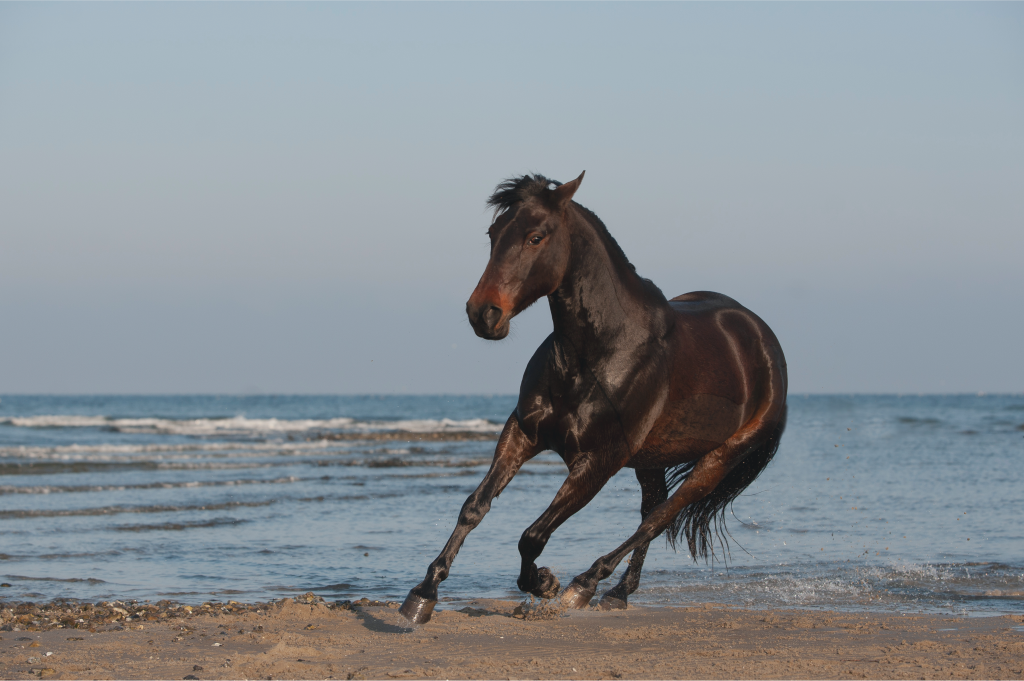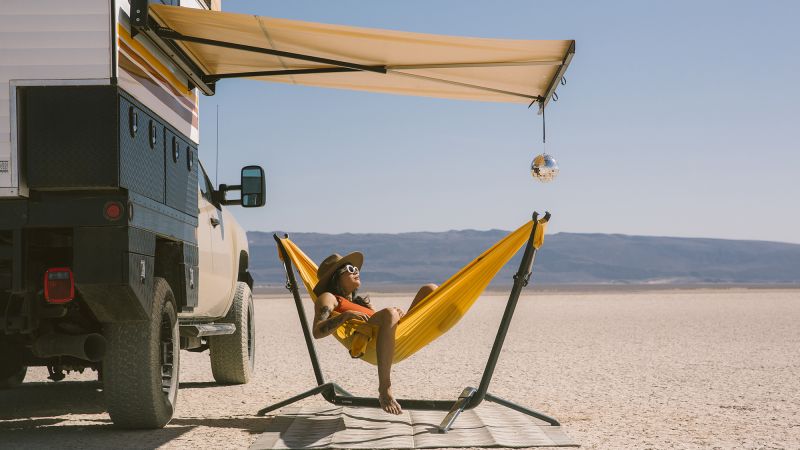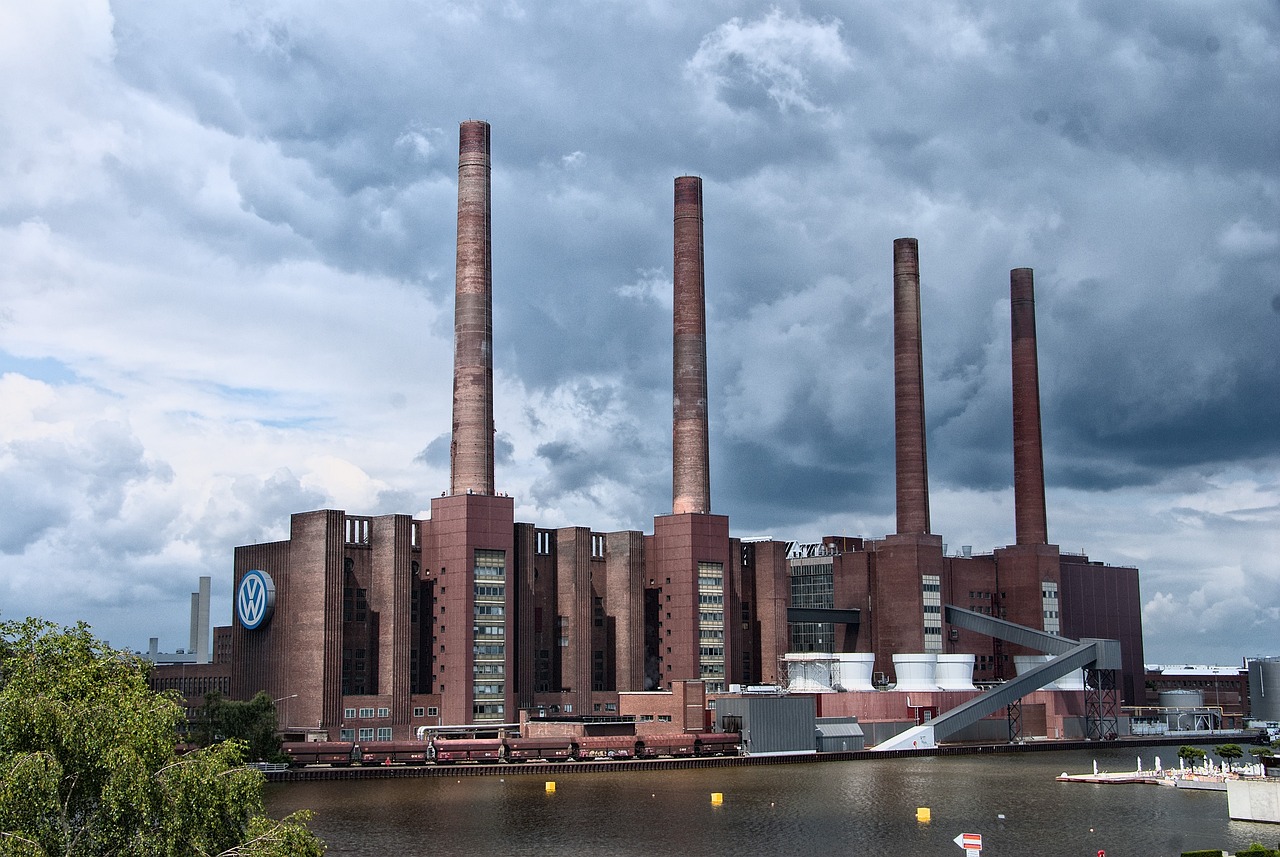Back in 2019, as part of my review of the Zero Breeze Mark II portable AC unit, I invoked the sacred name of Tim Curry and one of his most fantastic roles, Herkermer Homolka, in the 1995 camp classic Congo. (“It’s the lost city of Zinj. Which I have looked for all my life.”) Never mind the talking gorilla and the fist-sized diamonds just lying around on the ground in the jungle, for me this was a movie about how to stay cool when you’re out in the boonies.
As I commented three years ago, the Zero Breeze Mark II was a partial manifestation of the portable air conditioners seen in that film. But at 26 pounds with the battery attached, and at a cost of $1,599, the bulky device wasn’t practical for casual or mobile use. It was best suited for more stationary pursuits such as cooling enclosed truck beds or permanent structures like a hot she-shed.
Recently the company reached out to me to say that things had changed with the Mark II, that the Mark II unit I originally reviewed was actually a prototype, and that the final version is waaaaay better now. “In the future, the new generation of off-grid air conditioners will be more efficient and used in more scenarios,” wrote a vague and nameless rep at the company. “Now, we’re very happy that Mark II is not only being used for RVs, truck stops, campers, etc., but we’re also getting feedback from very specific people.”
I don’t know what any of that means, but I did say I would look at the updated product to see what has transpired with it over time.
In the grand scheme of things, not a lot. This isn’t a Zero Breeze Mark III but rather a Zero Breeze Mark II.1 release, with some minor cosmetic upgrades and a smattering of new features that improve its utility. Otherwise, it’s pretty much the same product as before.
Let’s start with what hasn’t changed much. The overall design remains identical, a silvery tackle-box-meets-snowblower design that still measures roughly 20 by 13 by 8 inches. A massive 35-Ah/840-Wh battery attaches to the bottom of the device for taking it on the go. As with the original Mark II, the battery still has to be wired to the blower with a small pigtail cable, a baffling and needless complexity. When I weighed the system with its battery back in 2019, I got a total weight of 26 pounds. Today’s weigh-in came in at a surprising 30 pounds, which is even 1.5 pounds heavier than the unit’s stated specifications.
As for the changes, the biggest is visible right when you unbox it: The new Mark II can still operate without a battery through its A/C adapter, but you no longer need a second power adapter to charge the battery. The same power adapter can operate both devices. No, you still can’t charge the battery and operate the air conditioner at the same time, but eliminating the need for two separate adapters is an excellent fix.
A pair of new accessories come in the box, including a drain tube so condensation doesn’t drip all over your tent and a third extendable ventilation pipe in addition to the original pair. Two of these pipes can be used to route hot exhaust to the outdoors; the new third pipe attaches to the cold air output and lets you direct it elsewhere, so you don’t have to sit right next to the (still loud but maybe a bit quieter) Mark II in order to be in the cool air blast zone. The battery pack also includes a USB-C port for charging personal devices, in addition to two USB-A ports and a 12-volt DC socket.
But the best news is the Zero Breeze still works pretty well, though I couldn’t discern any real functional difference from before. If you don’t mind the noise, the system can blast cold air at a pretty healthy clip, and the smaller the space, the more effective the cooling is. A thermostat on the front displays the temperature of air coming out of the unit, and it dips below 60 degrees Fahrenheit surprisingly quickly. Battery life appears to have improved slightly, based on my testing with the new unit. I ran the unit off a fully charged cell and got over four hours of running time at maximum power before the unit started to peter out, compared to about 3½ hours on the 2019 unit. Dial down the output level and you can stretch the running time quite a bit, of course.
All of which brings us to the big question, and it’s the same one as before: Who’s going to use this thing? Glamping sounds much more tolerable when climate control is on the table, but much less tolerable when your yurt is filled with the equivalent noise of a couple of hair dryers. The $100 price cut since 2019, at least, reduces some of the sting caused by all the racket.
























































